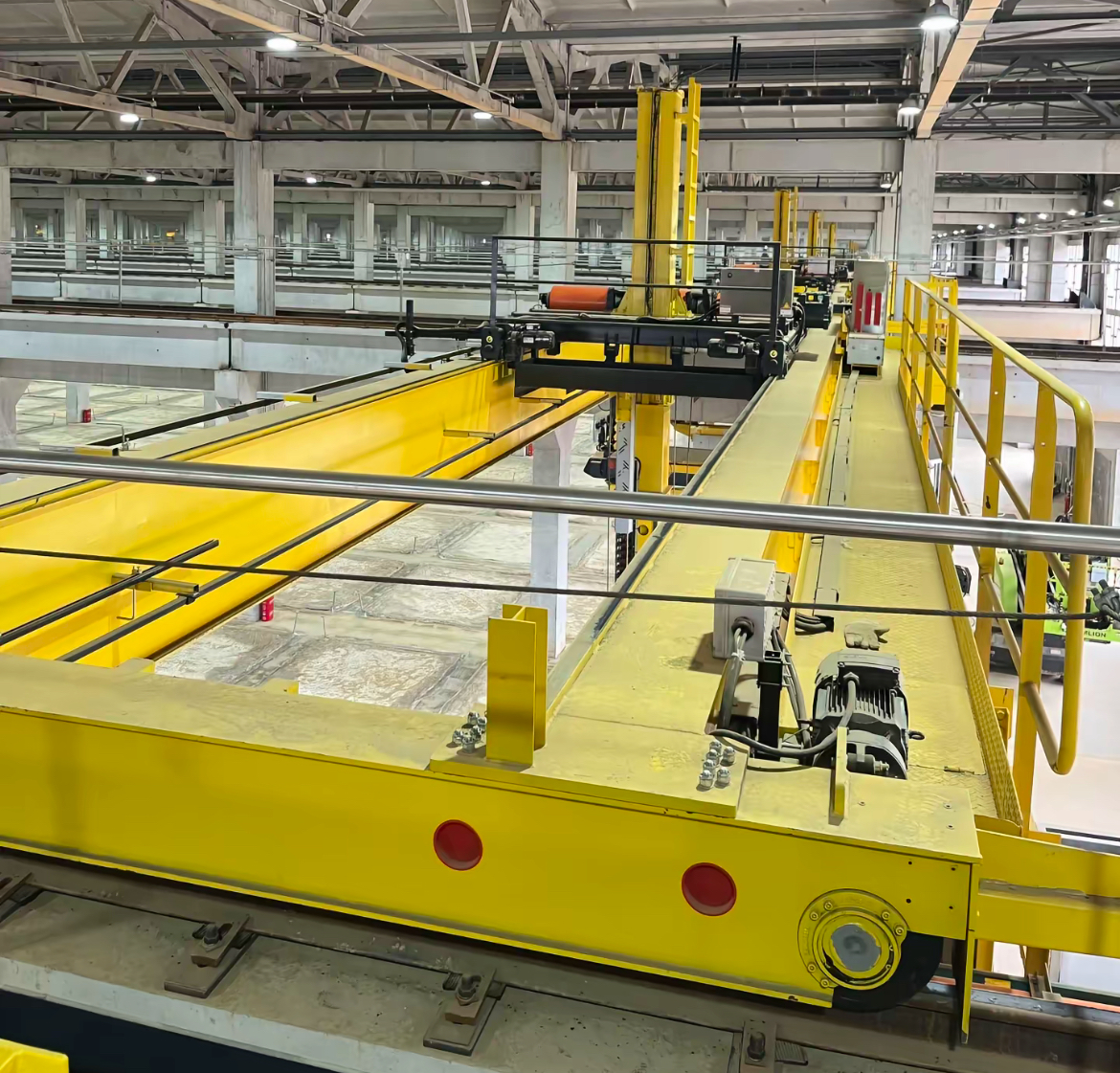Grab Crane Mechanics: How This Critical Material Handling Equipment Transforms Bulk Operations
Grab cranes dominate global bulk handling, moving 500+ million tons of material annually. As essential material handling equipment, these systems combine robust engineering with precision control. This technical dissection reveals why grab crane operations redefine productivity in ports, recycling, and mining sectors.
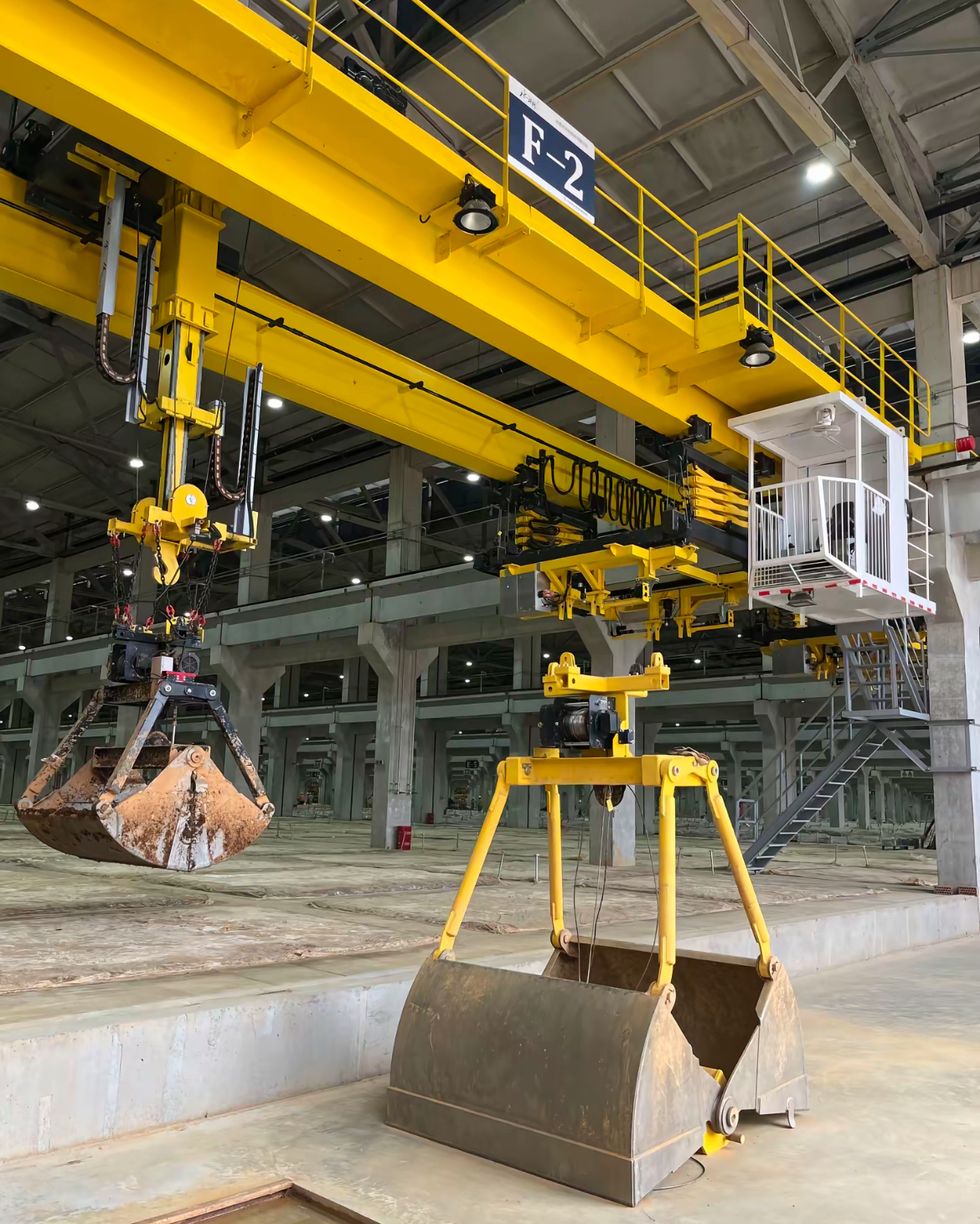
1. Anatomy of Modern Grab Cranes
Core Components Driving Efficiency
Grab Bucket Mechanisms
Clamshell Designs: Twin-jaw grab crane units for free-flowing aggregates
Multi-jaw Hydraulic Grab Systems: 6-jaw configurations for scrap metal (30% faster penetration)
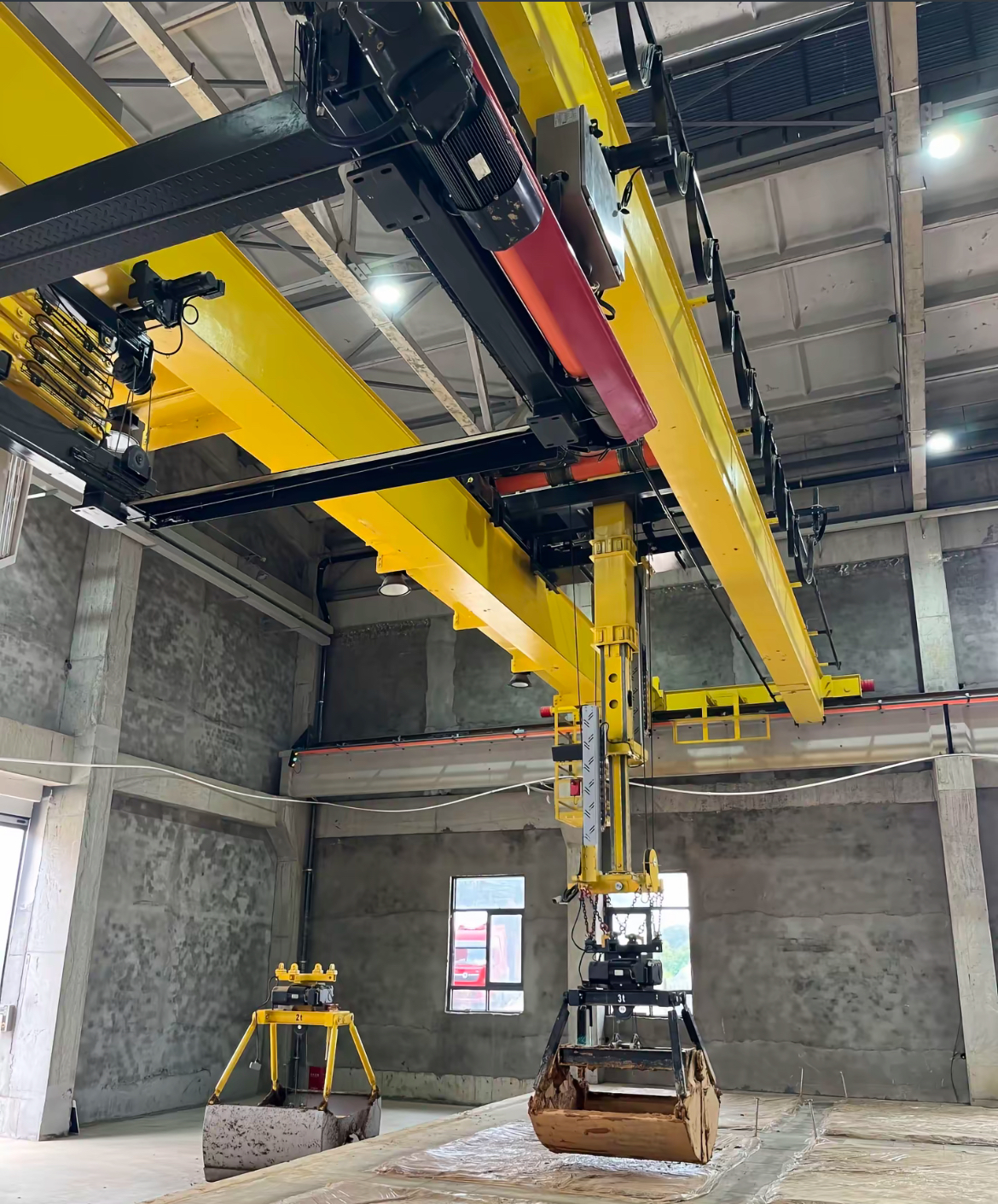
Power Transmission
Rope vs. Hydraulic Grab System torque comparison:
System Force (kN) Cycle Speed Rope ≤120 8 cycles/hr Hydraulic ≥350 15 cycles/hr
Control Architecture
IoT-enabled automated crane technology reducing human error by 67% (Port of Rotterdam study)
2. Operating Workflow: Grab Crane in Action
Phase 1: Intelligent Positioning
AI vision systems scan material piles, adjusting grab crane trajectory automatically.
Phase 2: Material Engagement
Hydraulic grab systems exert 12-bar pressure to crush compacted coal layers.
Phase 3: Transport Optimization
Anti-sway algorithms in modern material handling equipment cut spillage by 41%.
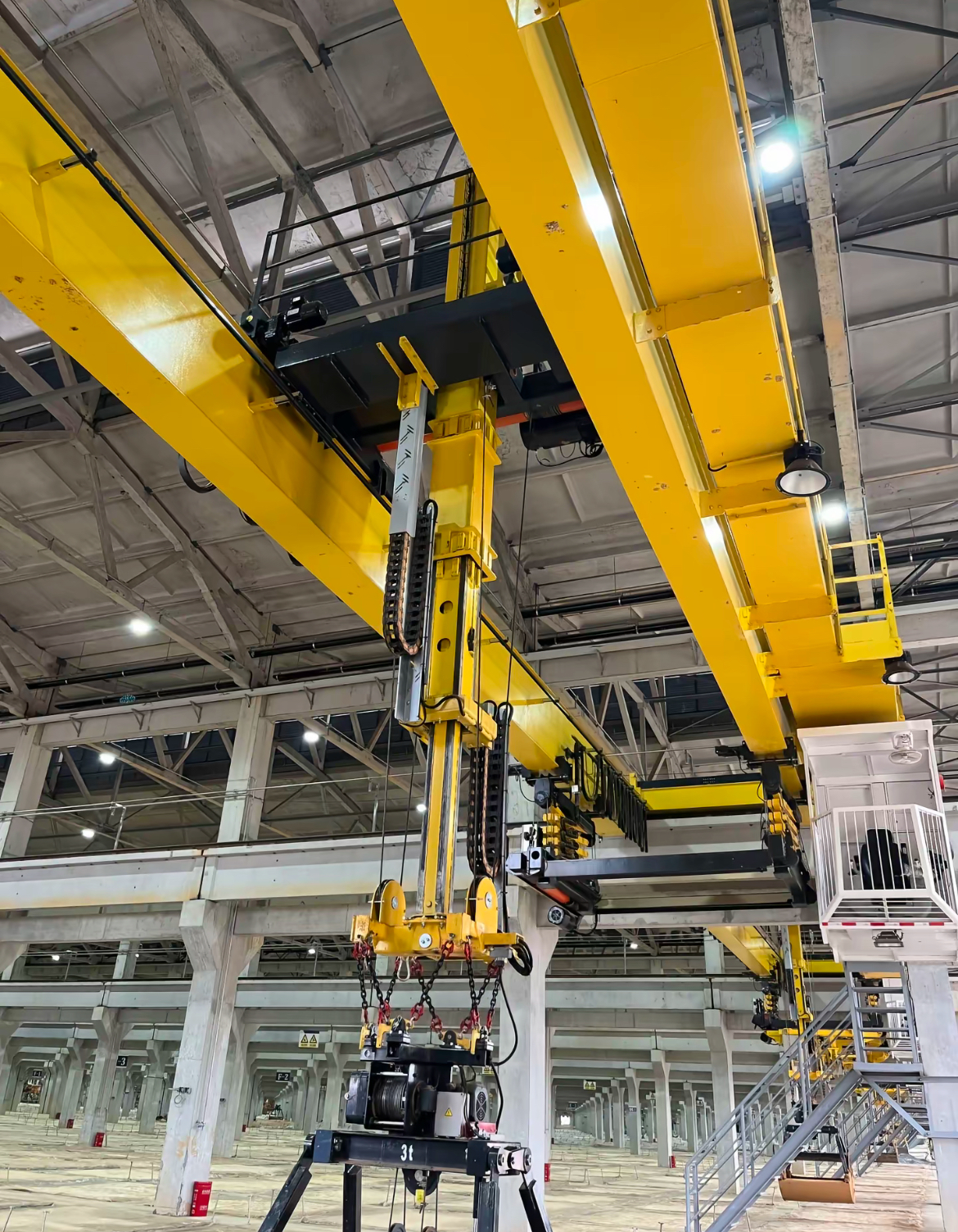
Phase 4: Precision Discharge
Seal-edged grab buckets in recycling grab cranes contain hazardous dust.
3. Performance Benchmarks
Grab Crane ROI Metrics:
markdown
- Capacity Utilization: 78-92%
- Energy Cost/Tonne: $0.18 (electric) vs. $0.27 (diesel)
- Maintenance Downtime: <5% (with IoT monitoring)
4. Top 3 Crane Maintenance Challenges
Hydraulic System Failures
Solution: Real-time oil contamination sensors (extends pump life 300%)
Jaw Misalignment
Prevention: Laser-guided calibration during crane maintenance shutdowns
Rope Degradation
Innovation: Smart winches predicting replacement timing (±2% accuracy)
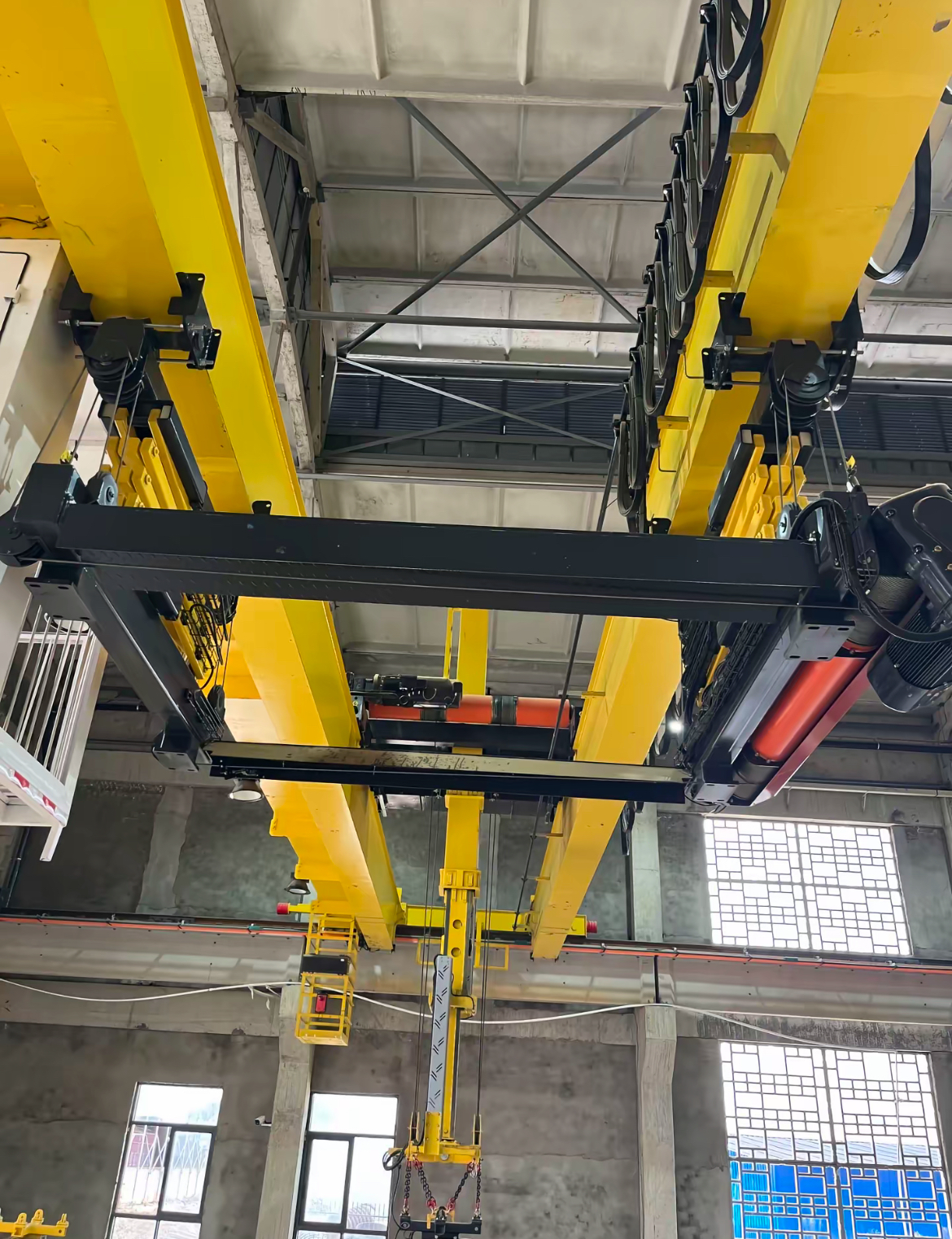
5. Sustainability Breakthroughs
Hydrogen-powered grab cranes (e.g., Konecranes CX series) cutting CO₂ by:
diff
+ 89% vs. diesel models
Regenerative braking in material handling equipment recovering 22% of lift energy.
The mechanics of grab cranes transcend mere equipment functionality—they represent the backbone of global supply chains. As this analysis demonstrates, these systems leverage engineered precision in hydraulic grab systems, adaptive automated crane technology, and proactive crane maintenance protocols to achieve unprecedented efficiency.
Operational Dominance in Numbers
Cost Impact: Sites using advanced grab cranes report 30% lower cost-per-tonne versus traditional conveyors.
Speed Advantage: Modern hydraulic grab systems execute 18+ cycles/hour—3× faster than rope-operated models.
Uptime Guarantee: Predictive crane maintenance slashes downtime to <7%, critical for 24/7 ports and mills.
These metrics cement grab cranes as non-negotiable material handling equipment for sectors where throughput dictates survival.
